

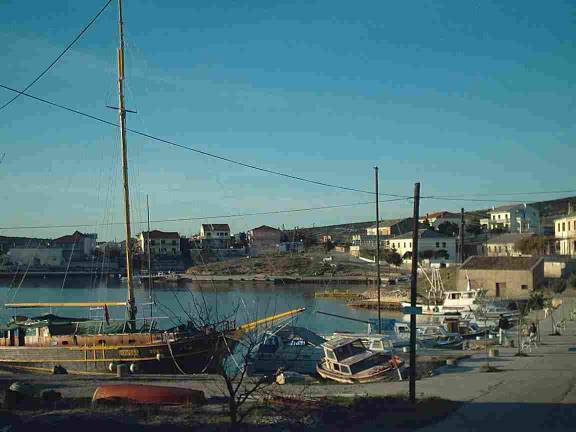
It is interesting to note that in Austro-Hungarian monarchy, for which the railroads were of the same importance as the Roman roads for the Roman Empire, existed the plan for a trans-coastal Adriatic railway. This would go from Trieste, the most important Austrian harbour, to Boka Kotorska, the most important strategic bight for the Monarchy, a location of it's Navy. From Trieste to Rijeka (Fiume, then Hungarian harbour) the railway would go through Istria peninsula, as it is today. From Rijeka it would go to island of Krk (then Veglia, in Italian) by ferry, and the same further, to Rab and Pag islands, where from it would go accross the bridge (actually built 70 yrs later, see the main page here, but for cars, not trains) to Zadar (Zara). This part was never realized, and probably will never be. Further the line would go along the coast to Sibenik and Split, as it goes today, and then to Dubrovnik and Boka.
Rests of the Kolan-Simuni line are still visible: the embankment and two bridges, one ruined and second complete.
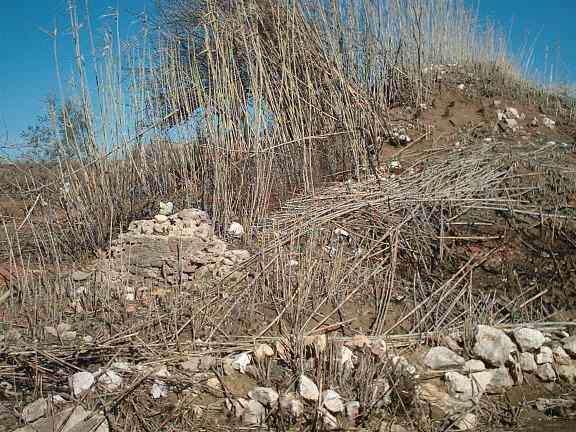
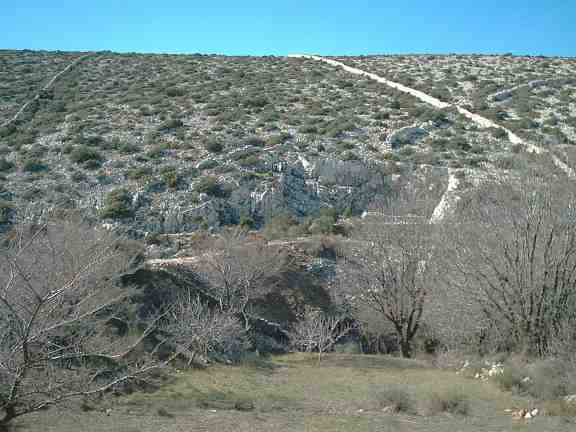
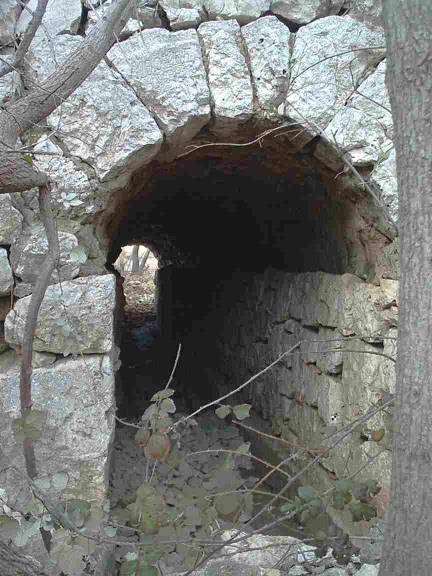
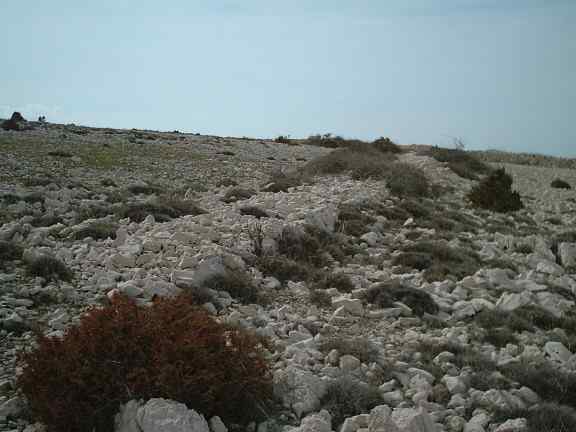
Before the 1st World War the company was sold to the Italian "Sozzia Roma" ("Society Roma"), and the railway has been changed with a cable-rail. Rests of this cable-rail, the columns (used as a support in the roofs, or as the fence columns in the fields), and various metal parts are still possible to find in the pastures and fields.
At the end of 1920s, the Italian company ceased to exist, but exploatation of the coal-mine continued privately, without a railway or cable-rail. Ox transport and later one truck on vater vapour (or gas from the burning wood?, still not clear data about it) were used to transport the coal down to the Sv. Duh beach, and then to the mainland. Molo re-built in Sv. Duh camping place around year 2000 is reminescence of the molo for the coal transport barges.
Today, nor coal-mine, nor cable- or railway existence are not known to the most of the people visiting Pag island. It is not marked in any way. Even lots of the local people do not know about their existence. However, it is an interesting addition to the thoughts about the pitoresque landscape of Pag.
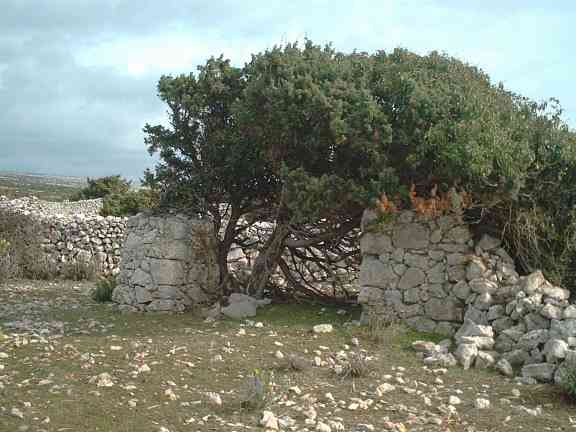
23.06.2015. sam dobio upit na ovu temu s foruma o zeljeznicama, ovdje je link . Bilo bi zanimljivo to upotpuniti.